The designing and planning stages of building a new home can be both exciting and overwhelming. During these phases, it's important to understand some simple electrical components to ensure you aren't overlooking essential requirements that will help your household in the long run.
We all rely heavily on electricity so it pays to know how you can assist in the safety, functionality and organisation of the home. Here are five electrical details you should know when building a new home.
1. Wiring Systems: What One Will You Need?
A home's electrical system is composed of the electrical service, lighting outlets and a range of hardwired appliances. This is important to know when planning and making decisions regarding the electrics because your electrical service needs to be a sufficient size to match the needs of the people living in your house. Typically, 80 amps are adequate for a standard-sized house and household.
2. Plan For Convenience
To plan the electrical coordination of each room and where the features will be situated, first determine the position of the electrical outlets and wiring for your devices. We recommend getting the house plans and mapping out where the furniture and electrical devices are likely to be placed.
Outlet placement is a chance to get creative and optimise the home. During your initial consultation with your electrician, expressing your ideas from the get-go assists in creating a solution that best facilitates your ideal home.
3. Switch It Up
After planning your outlet placement, now you can get very creative with light switches and outlets without breaking the budget. Consider upgrading your lighting to LED lighting. This may incur an upfront cost, but it will save you hundreds in the future. For every $1 spent on electricity, you get 55 hours of incandescent lighting or 550 hours of LED lighting.
For your outlets, you can install USB charging ports into the wall to charge devices that power via USB, such as most phones. Consider placing these in the areas of the home you are known to use these devices more, such as the kitchen when cooking, the office, or perhaps the bedroom.
4. Consider Energy Efficiency
There is no better time to consider installing solar than at the planning stage of a new build. As the install is done during the build, it’s convenient for both yourself and the electrician as it saves both time and money. This also allows for you to plan the inverter placement. We recommend installing the inverter closer to the switchboard to prevent voltage rise in the local grid.
5. Plan For Future Maintenance.
Despite all planning, there is a chance you will need to make changes in the future. We recommend documenting or taking pictures of the wiring and switches in each wall and room before the plasterboards go on. This will be useful if any renovations take place in the future as they can help the electrician or trades-person to avoid damages to the wires.
For further assistance with all of your commercial electrical needs, get in touch with the Ehlerth Electrical team via 1800 940 413 or make an enquiry here. We service clients from Brisbane to the Gold Coast.


